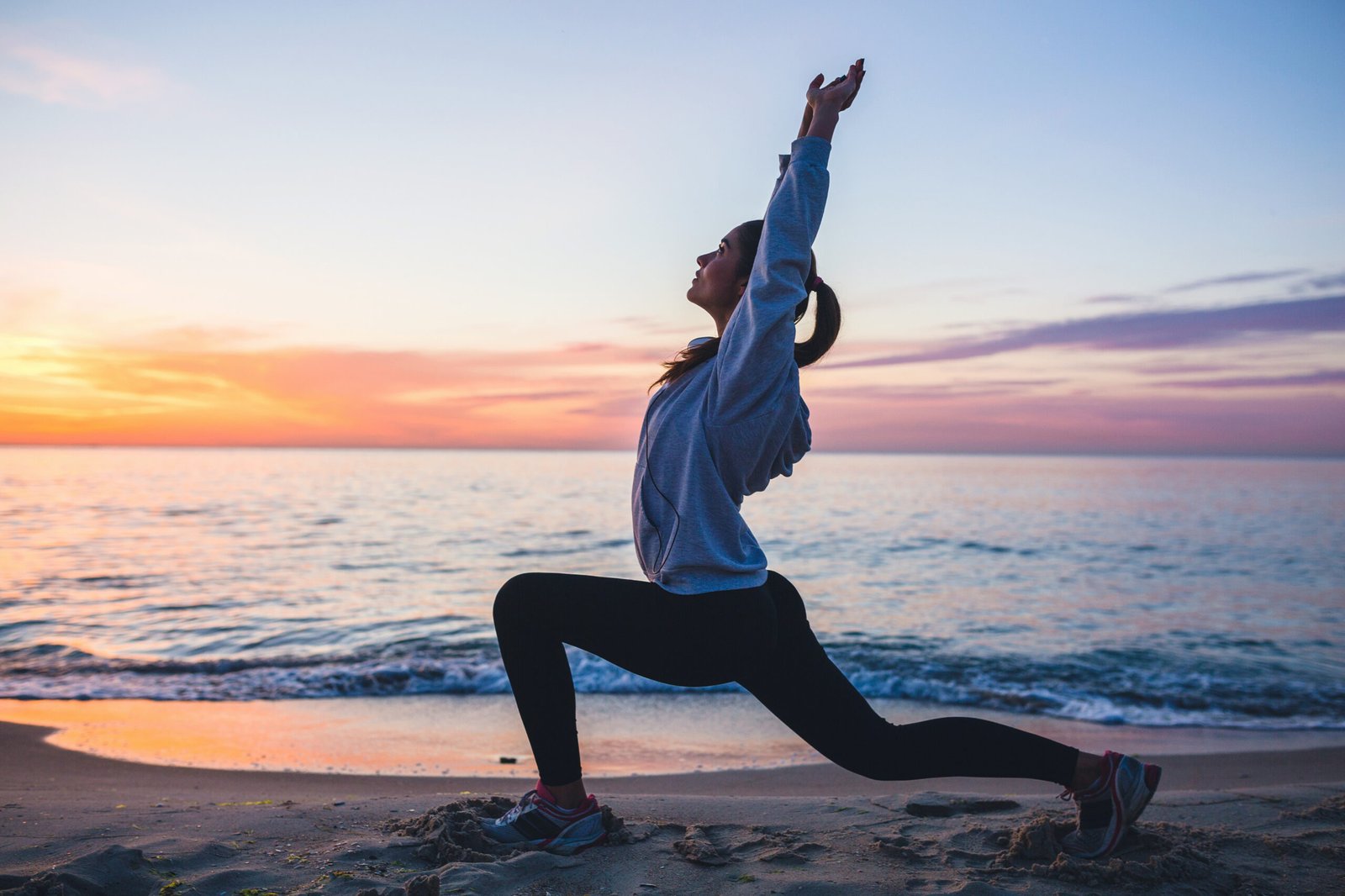
Physical Activity: A Holistic Approach to Well-being
Physical activity is not just a means of staying fit; it is a holistic approach to overall well-being. In a world filled with sedentary lifestyles, understanding the various facets of physical activity becomes crucial for maintaining a healthy and balanced life.
I. Introduction
A. Definition of Physical Activity
Physical activity encompasses any bodily movement that requires energy expenditure. It can range from simple actions like walking to more intense exercises like weightlifting or running.
B. Importance of Physical Activity
The significance of incorporating physical activity into our lives goes beyond just physical health. It plays a pivotal role in mental well-being, weight management, and overall longevity.
II. Types of Physical Activity
A. Aerobic Exercise
Aerobic exercises, such as running or cycling, focus on increasing cardiovascular endurance. These activities elevate the heart rate, promoting better circulation and improved respiratory function.
B. Strength Training
Strength training involves resistance exercises to build muscle mass and enhance strength. It contributes to better metabolism and increased bone density.
C. Flexibility Exercises
Flexibility exercises, like yoga or stretching, enhance the range of motion in joints and muscles. They play a crucial role in preventing injuries and improving overall flexibility.
III. Health Benefits
A. Cardiovascular Health
Regular physical activity reduces the risk of cardiovascular diseases by improving heart health and lowering blood pressure.
B. Weight Management
Combining a balanced diet with physical activity is essential for effective weight management. Exercise helps burn calories and build lean muscle mass.
C. Mental Well-being
Physical activity stimulates the production of endorphins, reducing stress and anxiety. It is a natural mood enhancer and contributes to better mental health.
IV. How to Incorporate Physical Activity into Daily Life
A. Setting Realistic Goals
Start with achievable goals to build momentum. Gradually increase the intensity and duration of activities as fitness levels improve.
B. Finding Enjoyable Activities
Engaging in activities you enjoy increases the likelihood of sticking to a routine. Whether it’s dancing, hiking, or playing a sport, make it fun.
C. Overcoming Barriers
Identify and overcome common barriers like lack of time or motivation. Making physical activity a priority requires commitment and planning.
V. Physical Activity and Long-Term Health
A. Impact on Chronic Diseases
Regular exercise reduces the risk of chronic conditions such as diabetes, heart disease, and certain cancers.
B. Aging and Mobility
Physical activity is crucial for maintaining mobility and preventing age-related issues like joint stiffness and muscle loss.
VI. The Role of Technology
A. Fitness Apps
Technology can be a valuable ally in promoting physical activity. Fitness apps offer guidance, track progress, and provide motivation.
B. Wearable Devices
Wearable devices like fitness trackers monitor daily activity levels, encouraging individuals to meet their fitness goals.
VII. Physical Activity for Different Age Groups
A. Children and Adolescents
Encouraging active play and participation in sports sets the foundation for a healthy lifestyle.
B. Adults
Incorporating a mix of aerobic, strength, and flexibility exercises is essential for adults to maintain overall fitness.
C. Seniors
Tailoring physical activity to individual needs is crucial for seniors, promoting mobility and preventing falls.
VIII. Common Myths about Physical Activity
A. No Time for Exercise
Dispelling the myth that exercise requires extensive time; short, effective workouts can be beneficial.
B. Only Intense Workouts Matter
Highlighting the importance of incorporating varied activities, including low-intensity exercises, for overall health.
IX. Tips for a Safe Physical Activity Routine
A. Warm-up and Cool Down
Proper warm-up and cool-down routines are essential to prevent injuries and promote flexibility.
B. Listening to Your Body
Paying attention to signals like pain or fatigue helps avoid overexertion and injury.
X. Physical Activity and Social Interaction
A. Group Exercise Classes
Participating in group classes fosters a sense of community, making physical activity more enjoyable.
B. Team Sports
Team sports not only provide physical benefits but also enhance social connections and teamwork.
XI. Balancing Physical Activity with Rest
A. Importance of Rest Days
Rest days are crucial for muscle recovery and overall well-being.
B. Avoiding Overtraining
Knowing the signs of overtraining and adjusting the intensity of workouts accordingly.
XII. Physical Activity at the Workplace
A. Desk Exercises
Simple exercises at the workplace combat the negative effects of prolonged sitting.
B. Encouraging Workplace Fitness Programs
Employers can promote physical activity by incorporating fitness programs into the workplace culture.
XIII. Physical Activity and Sleep
A. Impact on Sleep Quality
Regular physical activity contributes to better sleep quality and can help alleviate sleep disorders.
B. Best Times for Exercise
Understanding the optimal times for exercise to maximize its impact on energy levels and sleep.
XIV. Sustainable Habits for Lifelong Physical Activity
A. Consistency is Key
Developing consistent habits ensures long-term benefits.
B. Adapting to Life Changes
Adjusting physical activity routines to accommodate life changes, ensuring continuity.
XV. Conclusion
A. Recap of Benefits
Recapitulating the myriad benefits of physical activity for overall health and well-being.
B. Encouragement for Readers
Encouraging readers to embark on their physical activity journey, emphasizing the positive impact on their lives.
https://projectworking0.blogspot.com/2023/11/navigating-world-of-health-and-wellness.html

